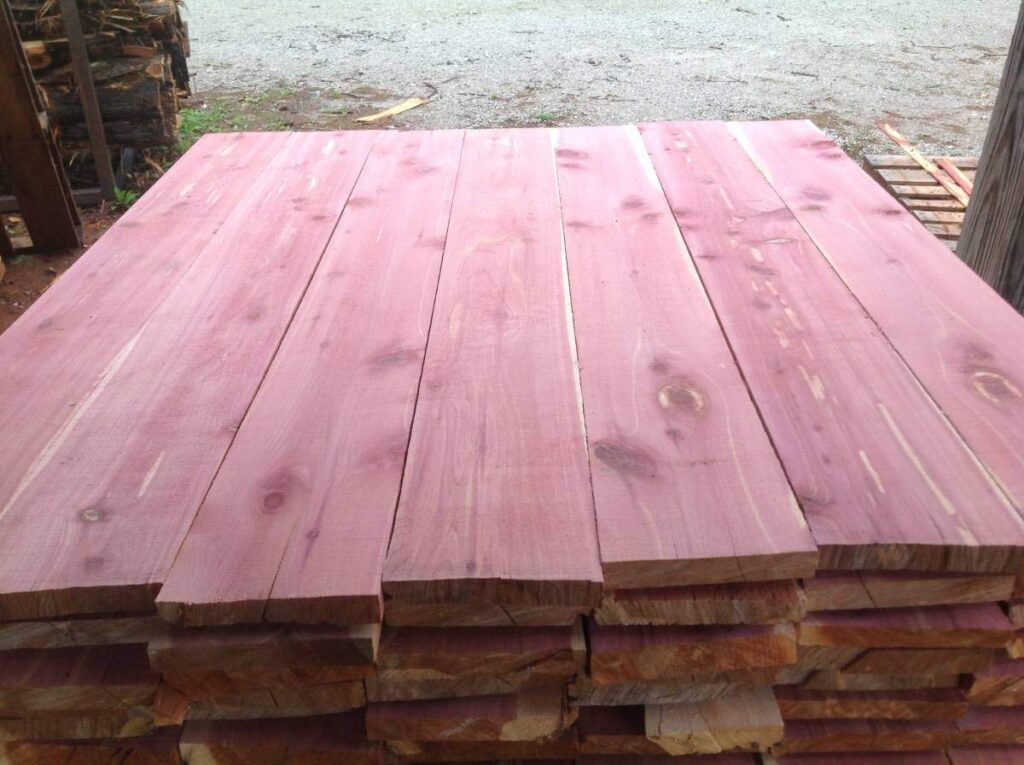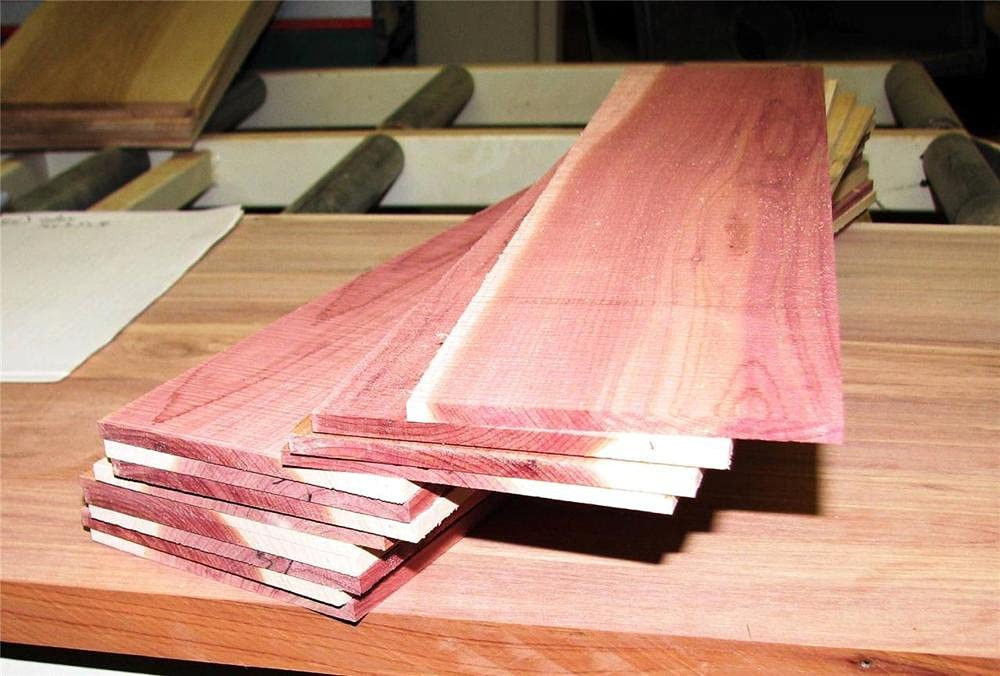The Ultimate Guide to Red Cedar Wood: Properties, Uses, and FAQs

Table of Contents
- Introduction to Red Cedar Wood
- Properties of Red Cedar Wood
- Benefits of Using Red Cedar Wood
- Common Uses of Red Cedar Wood
- How to Identify Red Cedar Wood
- Sustainability and Environmental Impact
- Maintenance and Care for Red Cedar Wood
- Red Cedar Wood vs. Other Types of Wood
- Frequently Asked Questions (FAQs)
- Conclusion
1. Introduction to Red Cedar Wood
Red Cedar wood, scientifically known as Thuja plicata, is a highly valued softwood native to the Pacific Northwest of North America. It is renowned for its striking reddish-brown hue, aromatic scent, and exceptional durability. For centuries, Red Cedar has been used by Indigenous peoples for building canoes, totem poles, and longhouses. Today, it remains a popular choice for construction, furniture, and outdoor projects due to its natural resistance to decay and insects.
2. Properties of Red Cedar Wood
Color and Grain
Red Cedar wood features a rich, reddish-brown color that can vary from light amber to deep chocolate brown. The wood has a straight grain with a fine, even texture, making it easy to work with.
Density and Weight
Red Cedar is a lightweight softwood, with a density of about 23 lbs/ft³ (370 kg/m³). This makes it easy to cut, shape, and transport.
Durability
One of the most notable properties of Red Cedar is its natural resistance to rot, decay, and insect damage. This is due to the presence of natural oils and tannins in the wood.
Aromatic Qualities
Red Cedar emits a pleasant, earthy aroma that acts as a natural repellent to moths and other insects.
3. Benefits of Using Red Cedar Wood
- Natural Resistance: Red Cedar’s inherent resistance to moisture, decay, and insects makes it ideal for outdoor use.
- Aesthetic Appeal: Its rich color and fine grain make it a favorite for decorative purposes.
- Eco-Friendly: Red Cedar is a renewable resource, and its production has a lower carbon footprint compared to synthetic materials.
- Longevity: With proper care, Red Cedar structures can last for decades.
4. Common Uses of Red Cedar Wood
Outdoor Applications
- Decking: Red Cedar is a popular choice for decking due to its durability and resistance to weathering.
- Fencing: Its natural resistance to decay makes it ideal for fences and gates.
- Siding: Red Cedar siding adds beauty and protection to homes.
Indoor Applications
- Furniture: Red Cedar is used to create elegant and durable furniture pieces.
- Cabinetry: Its fine grain and color make it a favorite for cabinets and shelving.
- Cedar Chests: The aromatic qualities of Red Cedar make it perfect for storage chests that protect clothing from moths.
Specialty Uses
- Musical Instruments: Red Cedar is used in the construction of guitars and other stringed instruments.
- Carvings and Art: Its workability makes it a favorite among woodcarvers and artists.
5. How to Identify Red Cedar Wood
- Color: Look for a reddish-brown hue with occasional streaks of darker brown.
- Grain: The grain is typically straight and fine.
- Aroma: Red Cedar has a distinct, pleasant smell.
- Weight: It is lightweight compared to hardwoods like oak or maple.
6. Sustainability and Environmental Impact
Red Cedar is considered a sustainable wood choice because it is harvested from responsibly managed forests. It is also biodegradable and has a lower environmental impact compared to synthetic materials. However, it is essential to source Red Cedar from certified suppliers to ensure sustainable practices.
7. Maintenance and Care for Red Cedar Wood
- Cleaning: Regularly clean Red Cedar surfaces with a mild soap and water solution.
- Sealing: Apply a sealant or stain to protect the wood from UV rays and moisture.
- Inspecting: Check for signs of wear or damage, especially in outdoor applications.
8. Red Cedar Wood vs. Other Types of Wood
| Feature | Red Cedar Wood | Pine Wood | Oak Wood |
|---|---|---|---|
| Durability | High | Moderate | High |
| Weight | Light | Light | Heavy |
| Cost | Moderate | Low | High |
| Insect Resistance | High | Low | Moderate |
9. Frequently Asked Questions (FAQs)
Q1: Is Red Cedar wood expensive?
A: Red Cedar is moderately priced, making it an affordable option for high-quality wood.
Q2: Can Red Cedar be used for indoor furniture?
A: Yes, Red Cedar is an excellent choice for indoor furniture due to its beauty and durability.
Q3: How long does Red Cedar last outdoors?
A: With proper maintenance, Red Cedar can last 20-30 years or more outdoors.
Q4: Does Red Cedar require treatment?
A: While Red Cedar is naturally resistant to decay, applying a sealant can extend its lifespan.
Q5: Is Red Cedar eco-friendly?
A: Yes, Red Cedar is a renewable resource and is biodegradable.
10. Conclusion
Red Cedar wood is a versatile, durable, and aesthetically pleasing material that has stood the test of time. Whether you’re building a deck, crafting furniture, or creating art, Red Cedar offers unmatched benefits. Its natural resistance to decay, beautiful color, and eco-friendly properties make it a top choice for both indoor and outdoor projects. By understanding its properties and proper care techniques, you can enjoy the beauty and functionality of Red Cedar for years to come.

Caption: Red Cedar furniture adds warmth and elegance to any space.
This article provides a comprehensive overview of Red Cedar wood, its uses, and its benefits. If you have any more questions or need further information, feel free to reach out!
